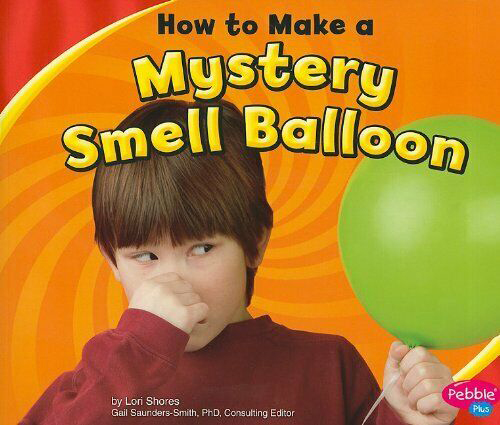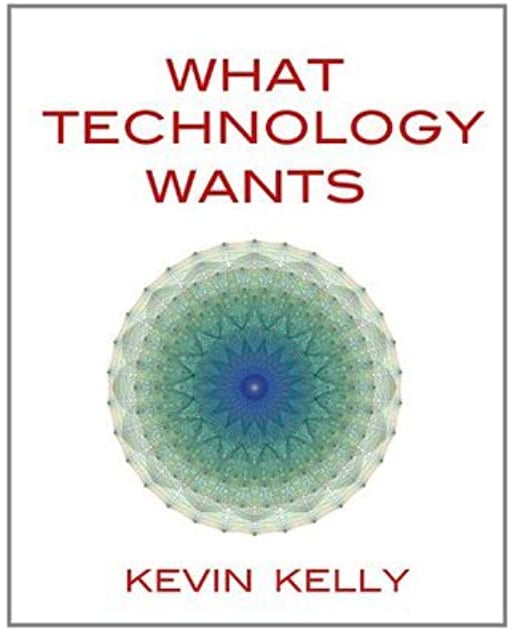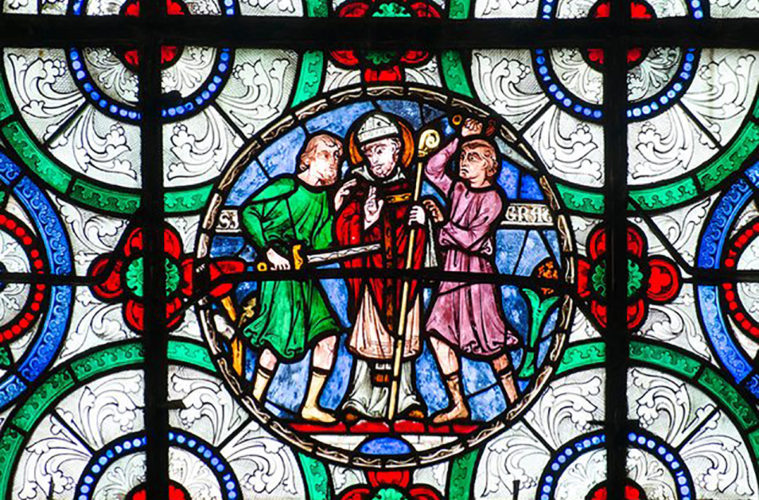Nanometer-sized things are very small and often behave differently than larger things do. In a time when the larger things on the planet like humans seem to only behave badly, it’s encouraging to hope that we might be rescued by the microscopic. “Nano” means one-billion so a nanometer is, one-billionth of a meter. A human hair is approximately 80-100,000 nanometers wide. As if it would help, the Nano.gov site uses this comparative scale: If a marble were a nanometer, then one meter would be the size of the Earth. [Sound of explosion, me gesturing above head, mind blown.]
The idea of being able to control individual atoms and molecules began when super-scientist Richard Feynman gave a talk on the concept at the California Institute of Technology (CalTech) way back in 1959. It wouldn’t be until the 1980’s that devices — the scanning tunneling microscope, and the atomic force microscope — were developed to enable chemists, biologists, physicists and engineers to push nanos around, and the term “Nanotechnology” was coined by Norio Taniguchi.
By manipulating atoms scientists and engineers can make materials at the nano-scale to enhance properties such as higher strength, lighter weight, and greater chemical reactivity. Maybe Bill Gates really can inject a chip to track us through the vaccine! Seriously though, we’ve had the ability to change the composition of materials for a long time but without knowing exactly why it worked. Centuries ago, artisans combined alternate sized gold and silver particles to create colors in the stained glass windows of medieval churches.

NanoDays
There are positively nerdy ways to enjoy NanoDays, which is promoted by Nanoscale Informal Science Education Network (NISENET.org) and is celebrated with events at more than 250 science museums, research centers and universities across the country. For example, you can sing the Nano Song. Just insert “Nano” for “Happy” in the Happy Days theme song. It’s catchy, but an odd choice given that The Fonz never attended science class. The NISE.net site has numerous activities you can perform from the “Smelly Balloon Experiment” to electroplating (ages 4 to adult).

Most of the NISE educational materials are aimed squarely at our budding scientists in gradeschool who truly are our hope and future. In honor of NanoDays, I’d like to recommend a fascinating and provocative book titled What Technology Wants from Kevin Kelly. Kelly has become a well-known international TED talker for suggesting that machines are becoming biological. For Kelly, technology is a natural system, an extension of evolution. Kelly maps the behavior of life and offers a glimpse of what inherent trends and biases of technology are, or as he describes it, “what it wants.”
Kelly asserts that in technology we have the potential for diversity, choices and amazing possibilities, and that somewhere today there are thousands of children being born whose technology that will allow new self-expression has not yet been discovered. He asks us to imagine Mozart before the technology of the piano, Van Gogh before cheap oil paints, Hitchcock before film. Kelly asserts that technology gives our life greater meaning. What Technology Wants is a must read for anyone interested in futurist thinking, and quite apropos for NanoDays.
Please shop locally:
Advertising disclosure: We may receive compensation for some of the links in our stories. Thank you for supporting LA Weekly and our advertisers.

